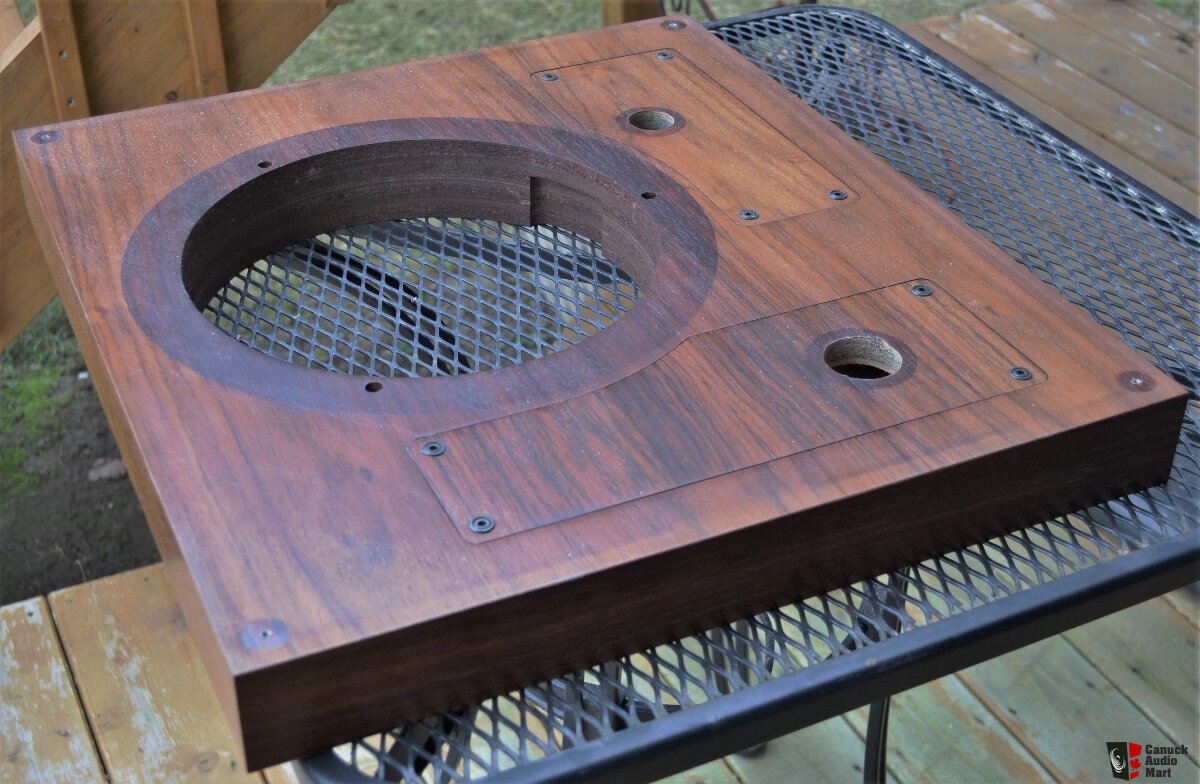Actually, it just so happens I have some experience with all 3 brands
Micro-Seiki
I briefly played with a Micro-Seiki 1000 that was at VAS for customer pickup, picked it up, tapped it here and there, it seems quite solid, impressive, but that’s it, didn’t hear it, but if I liked the look, I would expect it to perform well, I find the arm mount clever and it seemed totally solid. No plinth means the dust cover will need to be very tall and carefully placed, no locating bimps to assist when lowering like my JVC Plinth has.
Technics SP-15 (not 10)
I gave my friend a Technics SP-15 that I bought from Harvey’s used shelf way back when. It had a Grace arm. During covid, we both upgraded our systems, he took my suggestion and bought an EPA-B500 tonearm base, with an S arm wand with removable headshell. I installed it, and he bought a SUT and was finally able to use his Goldring Eroica LX MC cartridge which he previously only heard here. I just re-calibrated everything a week ago, changed the cartridge to a Grace MM we both like more than the Goldring. He did have to replace his SP-15’s power switch, happily Kevin at KAB lives in walking distance from my house, easy fix.
JVC, now years of trouble free experience with my TT81

I just modified the base of the long tonearm, re-installed it yesterday, all good, tomorrow I will switch it for the JVC UA-7082 arm which I took apart (after buying the 1/16" allen wrench that I needed). I’ll take some photos and measurements, re-assemble, install it in place of the long black arm. I installed/played it briefly prior to taking it apart, it’s totally impressive, I wish the headshell fitting had azimuth adjustment like the Micro Seiki 505 arms do.
The two headshells that came with my Vintage AT160ml cartridges allow azimuth adjustment like this one

These headshells have only two allowable positions for the cartridge. Rather than slots, they have two sets of tapped threads ready to receive the dedicated screws whose lengths fit the cartridge flange, a clean look, nothing visible from above: but not enough variability when using non-oem tonearms to get specific overhang and angle a speck if needed for null points alignment.
I just realized I can have my friend convert them to slots for me.




